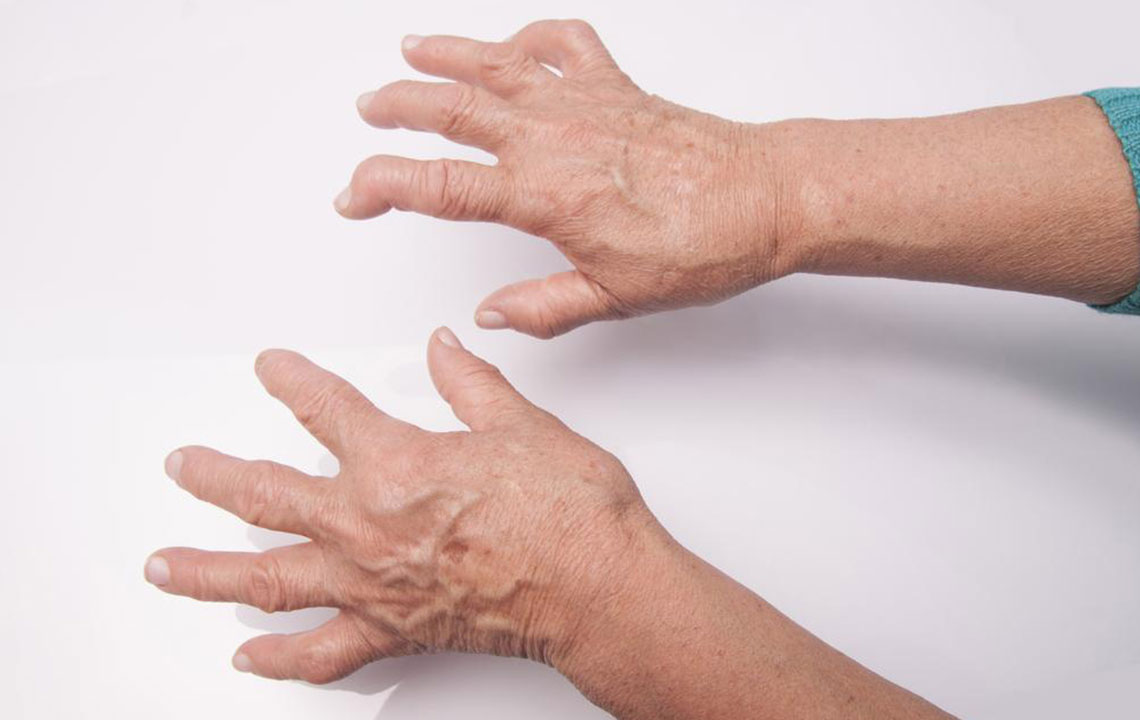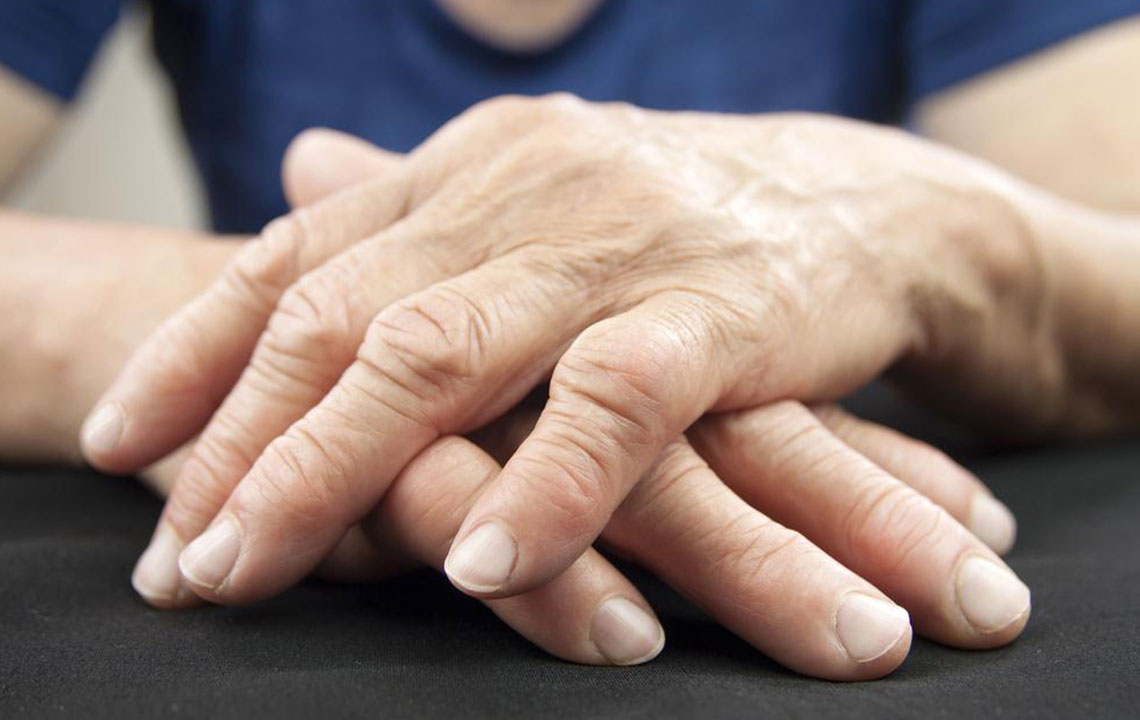Recognizing the First Indicators of Rheumatoid Arthritis
Early recognition of rheumatoid arthritis symptoms can lead to timely treatment, preventing joint damage. Common signs include fatigue, joint tenderness and pain, swelling, stiffness, redness, and occasional mild fever. Understanding these indicators helps individuals seek medical advice early, improving outcomes and quality of life.

Recognizing the First Indicators of Rheumatoid Arthritis
Rheumatoid arthritis (RA) is an autoimmune condition where the immune system mistakenly targets joint tissues, leading to inflammation. It most commonly affects the wrists, feet, and hands. Early detection is crucial for timely diagnosis and intervention, which can help prevent joint damage and long-term disability. Proper management of RA symptoms can significantly improve quality of life and reduce disease progression.
Understanding rheumatoid arthritis
RA occurs when the immune system attacks healthy joint tissues instead of harmful invaders. This results in swelling, stiffness, and pain in the affected joints, often developing gradually.
Currently, RA has no cure, but early treatment can minimize flare-ups. If ignored, joint, cartilage, and bone damage may occur, leading to irreversible deformities.
Initial symptoms of rheumatoid arthritis
Being aware of early signs can enable prompt treatment. Key early symptoms include:
1. Low Energy and Fatigue
Fatigue is one of the initial signs of RA, often accompanying joint inflammation. It results from inflammation, anemia, poor sleep, and medication effects. Fatigue affects mood, focus, productivity, and overall well-being, sometimes coupled with weight loss and reduced appetite.
2. Sensitive Joints
Joint tenderness appears early in RA. When joint lining tissues become irritated, the surrounding nerves make the joints tender. Touching or pressure on these inflamed joints can cause immediate pain, often disturbing sleep patterns.
3. Persistent Joint Discomfort
Joint pain, whether during flare-ups or remission, is a hallmark of RA. Active inflammation causes swelling and discomfort, which can persist even when the disease is controlled. Over time, damaged joints can develop persistent pain, especially with movement.
Active RA inflames the joint capsule, stretching tissues and irritating nerve endings, resulting in significant pain.
4. Swelling in Joints
Swelling is common, though it may be subtle initially. When joints swell visibly, it often restricts movement, making tasks like removing rings difficult. Swelling varies in severity among patients, with some experiencing minimal signs.
5. Morning Stiffness
Stiffness upon waking is typical in early RA. The affected joints remain stiff and painful for a period after waking, but this usually lessens as treatment takes effect. The duration of morning stiffness can indicate disease severity.
6. Redness of the Affected Joints
Inflamed joints may appear red due to expanded capillaries. However, redness isn’t present in every inflamed joint.
7. Mild Fever
Sometimes, RA can cause a slight fever, especially during active flare-ups. This fever usually resolves quickly with proper treatment. Since medications suppress immune responses, infections may also cause fever, requiring prompt attention.
If you notice these early warning signs, consult a healthcare professional promptly. Early diagnosis and treatment are essential to avoid severe complications and preserve joint health.
Note:
Our blog provides useful insights across various topics. While our research aims to offer accurate information, it shouldn’t replace professional medical advice. Always consult healthcare providers for diagnosis and treatment options. The website may not include all available offers or schemes, so explore additional resources as needed.










